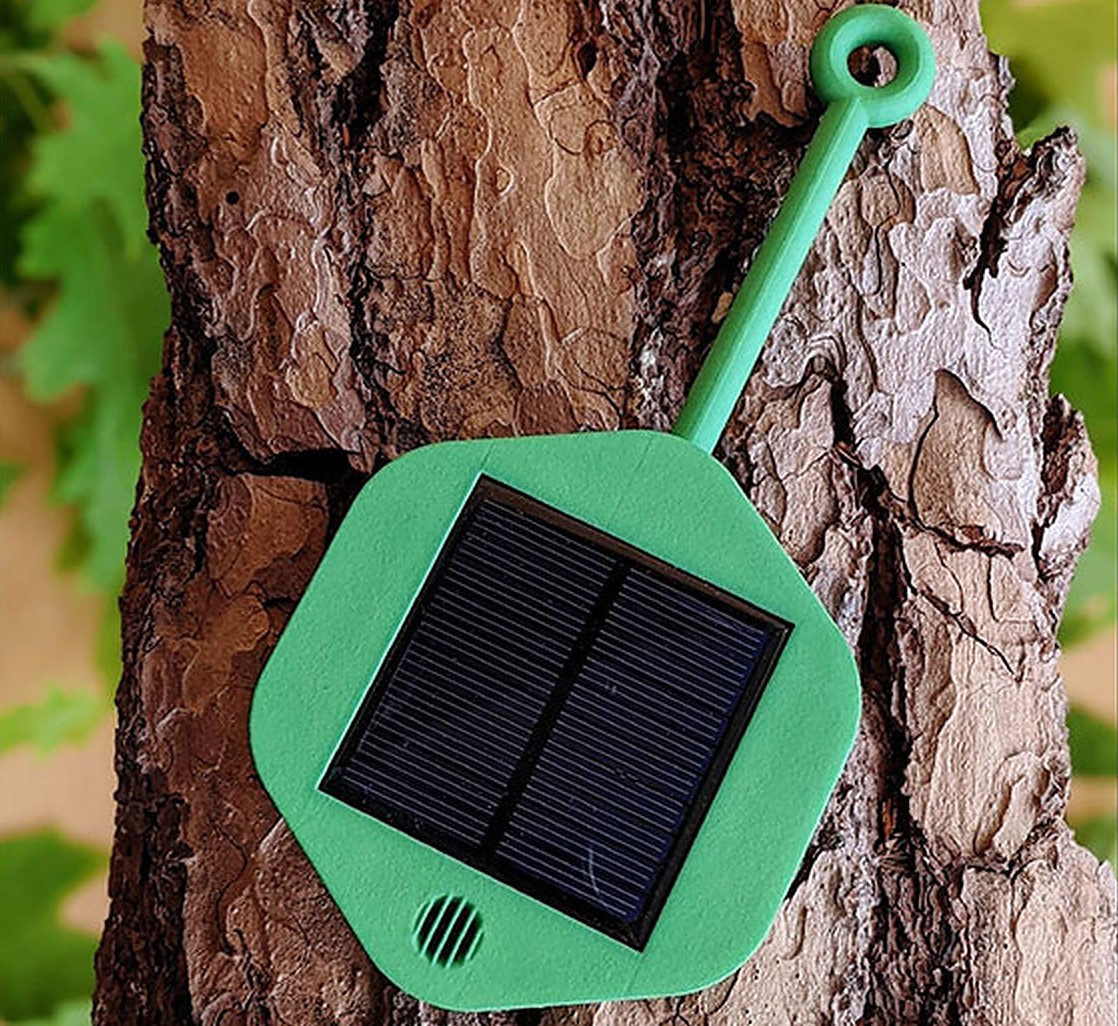From pv magazine USA
When it comes to wildfire response, speed is important. German-headquartered Dryad Networks has released its Silvanet Wildfire Sensor to help detect wildfires within minutes, alerting first responders so they can take action to mitigate damage.
According to the World Health Organization (WHO), “wildfires and volcanic activities” affected 6.2 million people between 1998 and 2017, with 2,400 attributable deaths throughout the world from suffocation, injuries, and burns.
A recent University College London study showed that California’s 2018 wildfires alone cost the US economy $148.5 billion. Capital losses and health costs within California hit $59.9 billion, while indirect losses through economic disruption to 80 industry sectors within the state reached $42.7 billion. Power transmission was affected, as well as road and rail freight transport, pipelines, and other infrastructure-dependent sectors.
“Wildfires are responsible for up to 20% of global CO2 emissions,” said Carsten Brinkschulte, chief executive officer of Dryad Networks. “Unless the increasingly severe wildfires we experience every year – and which wreak havoc on our health and our economies – are given sufficient attention and investment, global temperatures will rise by more than 1.5 C.”
The sensors are small, off-grid plastic devices with a solar cell built into the surface as a power source. The device measures temperature, humidity and air pressure, and contains a low-power air quality sensor with a gas sensing mode.
It can detect hydrogen, carbon monoxide and other gases that occur during early stages of pyrolysis at the at the ppm level. The sensors are typically mounted on trees at heights of 3 meters. Each device measures 19 cm by 8.2 cm and has a 6 cm by 6 cm solar panel on the surface. The enclosure is IP 67 rated and is weather and UV-proof.
The device is pre-built with artificial intelligence to reliably detect fire and avoid false positive alerts. The sensors connect to a gateway, and each gateway hosts about 100 sensors, depending on topography. LoRaWan wireless data transmission send data from the device to first responders.
Popular content
Dryad Networks said the device can run maintenance-free for up to 15 years, requiring no batteries and avoiding the use of lithium and other toxic or rare materials. Energy is instead stored in supercapacitors.
The emissions caused by wildfires create a vicious cycle of a hotter, dryer climate in some regions, leading to more wildfires. Data from the UN Environment Program show that burned areas will increase by 62% if global temperatures increase by 2 degrees Celsius, and if the world heats three degrees, that figure rises to 97%.
What’s more, emissions from wildfires are often inaccurately reported or omitted altogether from nations’ carbon reports, written off as natural phenomena.
“With 80% of wildfires caused by humans, added to the fact that carbon neutrality is reliant on forest regrowth – which can take over 100 years – this means that omitting wildfire emissions from global CO2 inventories is inaccurate, and worse, it’s cynical,” said Brinkschulte.
Dryad estimates that deploying 120 million of its sensors worldwide by 2030 could save up to 3.9 million hectares of forest from burning and prevent 1.7 billion tons of CO2 emissions.
This content is protected by copyright and may not be reused. If you want to cooperate with us and would like to reuse some of our content, please contact: editors@pv-magazine.com.



By submitting this form you agree to pv magazine using your data for the purposes of publishing your comment.
Your personal data will only be disclosed or otherwise transmitted to third parties for the purposes of spam filtering or if this is necessary for technical maintenance of the website. Any other transfer to third parties will not take place unless this is justified on the basis of applicable data protection regulations or if pv magazine is legally obliged to do so.
You may revoke this consent at any time with effect for the future, in which case your personal data will be deleted immediately. Otherwise, your data will be deleted if pv magazine has processed your request or the purpose of data storage is fulfilled.
Further information on data privacy can be found in our Data Protection Policy.